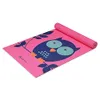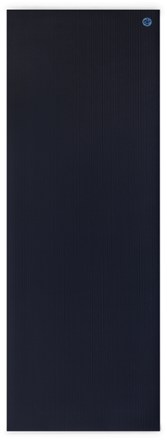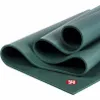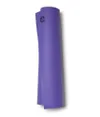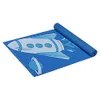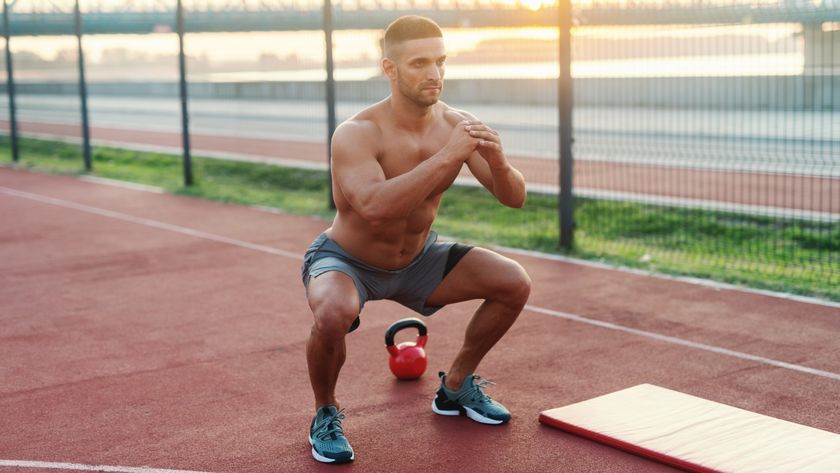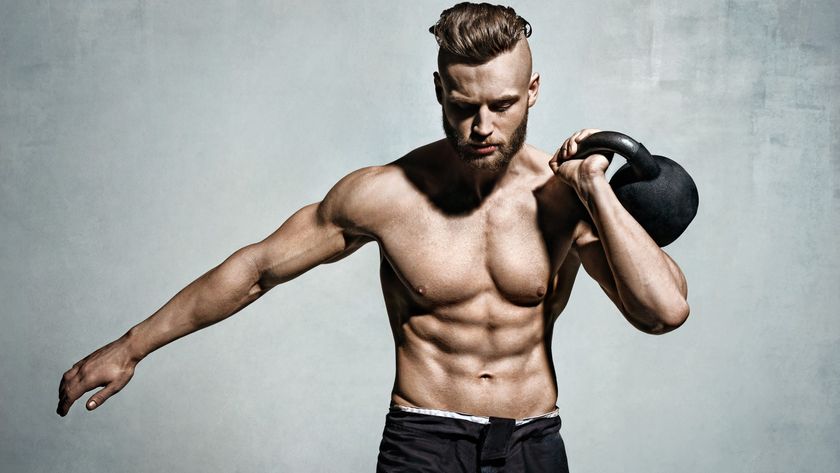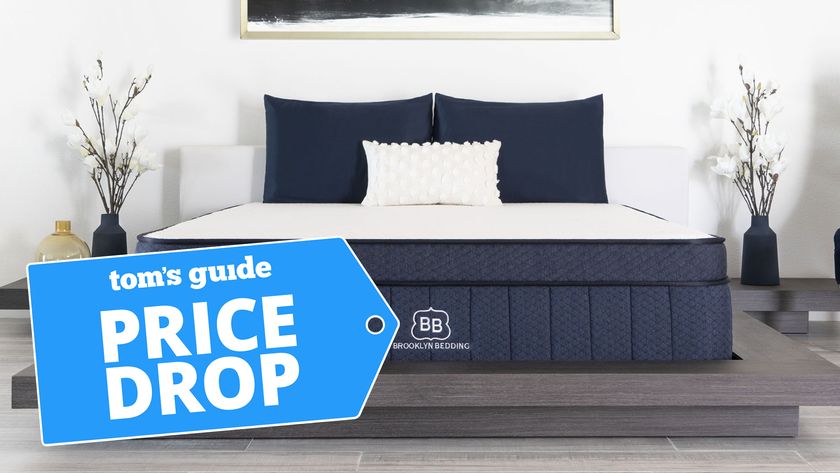Pilates expert shares 3 'essential' bodyweight moves for beginners to build strength and improve your flexibility
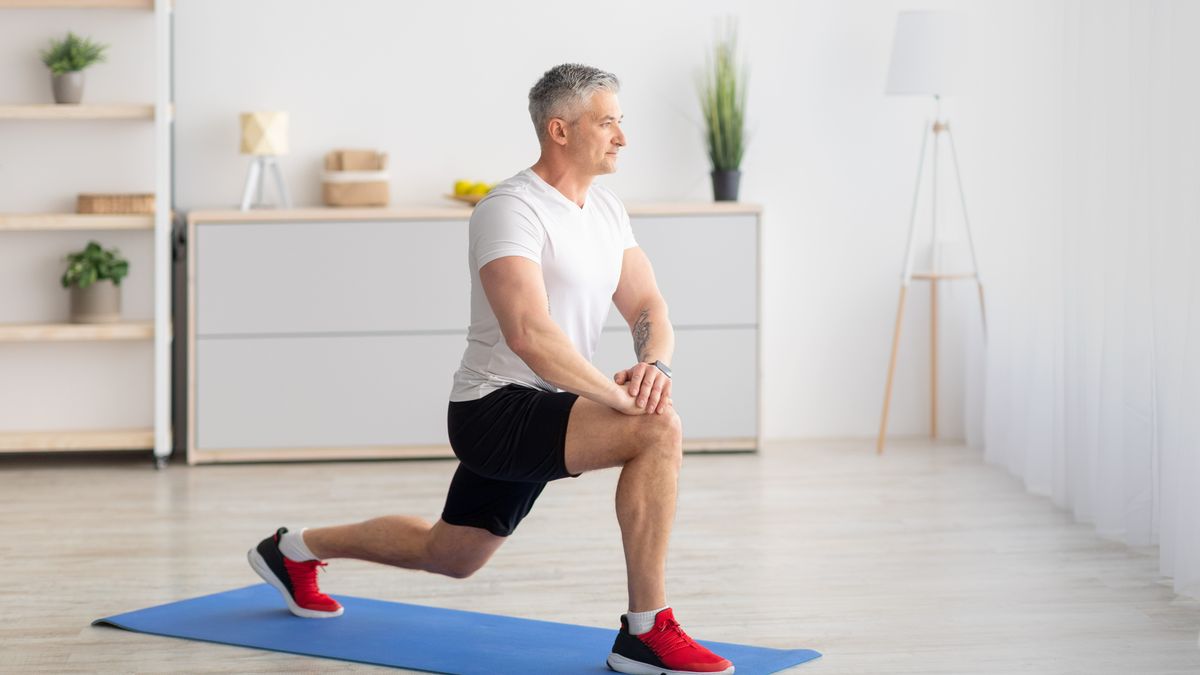
If your social media feed looks anything like mine, it’s filled with people performing their best teaser, glute bridge and/or roll-up at home or in an aesthetically pleasing Pilates studio.
And it’s no wonder why. The powerful mind-body practice of Pilates comes with heaps of benefits—from a stronger core and better posture to an increase in flexibility and back pain relief.
A study published in The Journal of Bodywork and Movement Therapies found that completing two one-hour Pilates sessions a week for 12 weeks can also boost full body strength.
So, if you’re keen to make 2025 the year you start your Pilates journey, this quick beginner workout designed by Mira Hassan, the brains behind Flow with Mira, contains just three moves.
The Pilates moves are all floor-based, so you won’t need anything else, other than one of the best yoga mats to help protect your joints and stop you from slipping.
Watch Mira Hassan's 3-move Pilates routine
Hassan has created a short workout for those looking to begin their Pilates practice. All three exercises are designed to be completed 10 times on either side.
Containing just three moves, including side kicks, side bridges and a hip flexor stretch, which will keep you strong, flexible and supple in this region as you progress your practice — these beginner exercise variations are ideal for anyone new to this type of low impact movement.
Sign up to get the BEST of Tom's Guide direct to your inbox.
Get instant access to breaking news, the hottest reviews, great deals and helpful tips.
1. Sidekick prep
- Lie on your left side, with your left forearm supporting you and your left leg bent at a 45-degree angle.
- Extend your right leg straight, keep your core engaged, your waist lifted and your right foot flexed as you gradually bring your leg in front of you at a 45-degree angle.
- Repeat this 10 times on either side.
2. Side bridge prep
- Lie on your left side with your forearm supporting you. Have both legs bent and your feet in line with your pelvis.
- Engage your core and lift your pelvis up. At the same time float the right arm up in a straight light.
- Slowly lower your pelvis and arm back down.
- Repeat this 10 times on either side.
3. Hip flexors stretch
- Start by kneeling on your mat. Place your left leg forward and tuck the right toes under behind you.
- Align your left knee and heel. Engaging your core, sitting tall and curling your pelvis under, begin to draw the pelvis forward until you feel a slight stretch in your right hip.
- Repeat this 10 times on each leg.
Once you’ve completed all exercises, you might feel like you’re ready to progress your practice. If that’s the case, try completing Hassan’s full 20-minute Pilates for beginners class which will talk you through how to nail these basic moves and more.
What type of Pilates is best for beginners?
The best type of Pilates will differ from one person to the next. But most experts say mat Pilates is the best option to begin with — and for a multitude of reasons. For one thing, you only need an exercise mat to get started.
And this form of Pilates will help you build a strong foundation with the proper form and technique. Once you’ve nailed the basics, you could up the ante by incorporating resistance bands into your workout, head to a Reformer Pilates class or try out a wall Pilates challenge.
More from Tom’s Guide
- 3 things I wish I had known as a Pilates beginner
- Forget the gym — I tried this 20-minute equipment-free Pilates workout to strengthen my core and improve my posture
- Forget weights, this 30-minute Pilates workout for beginners strengthens your abs and hips
Becks is a lifestyle journalist who specializes in writing about wellness and home products, from mattresses to weighted blankets and cooling comforters. She has tested a number of mattresses for Tom's Guide, putting them through their paces to see if they stand up to the brand's claims, and offering recommendations as to the type of sleeper they will (and won't) suit.
Most Popular




